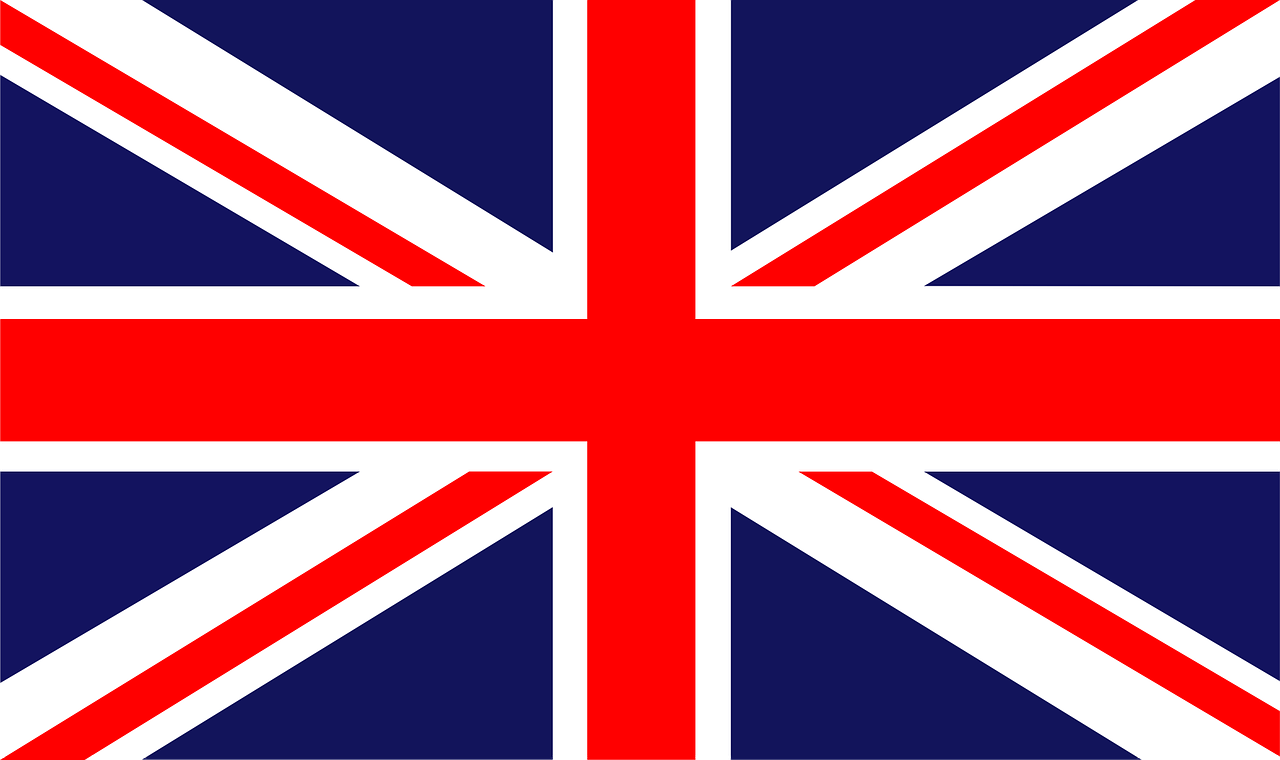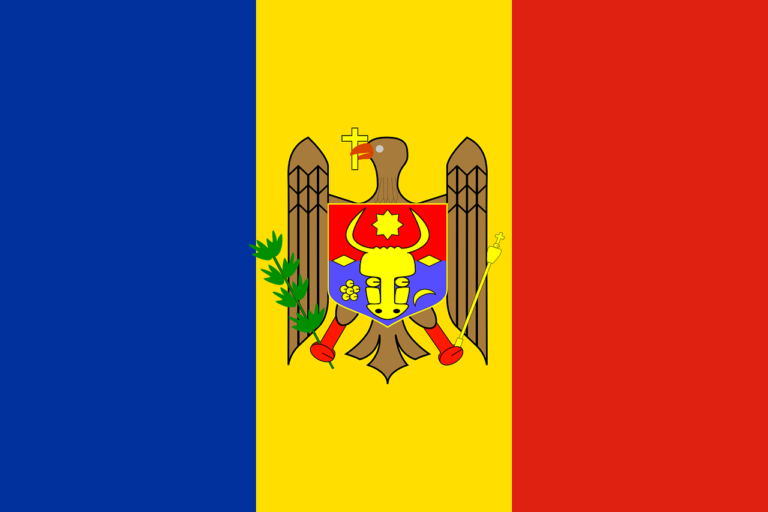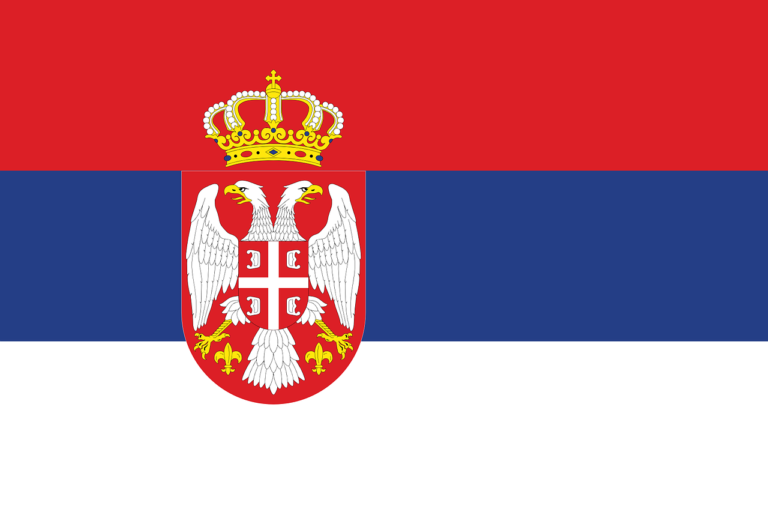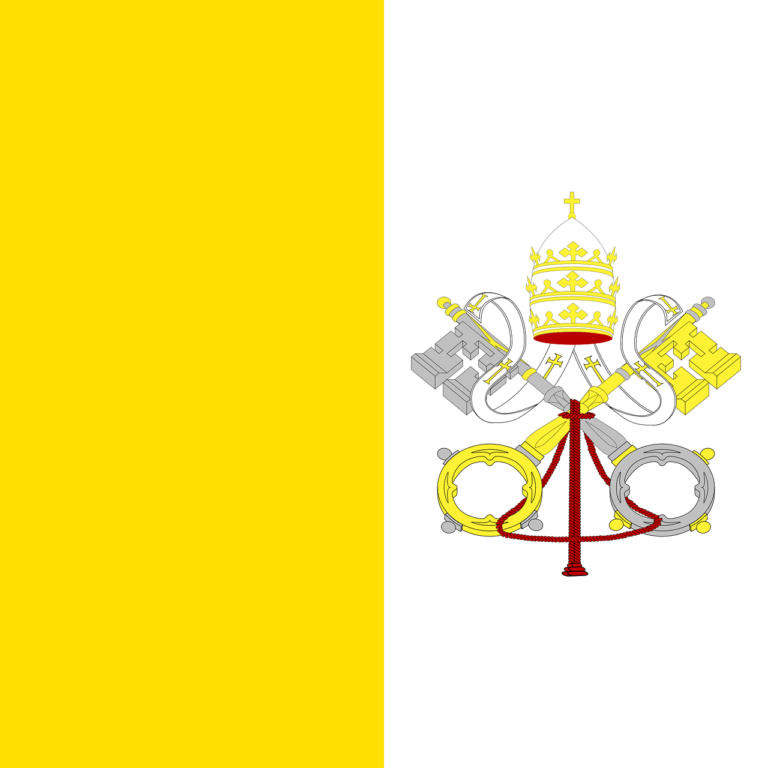Flags hold a significant place in representing national identity, and the United Kingdom’s national flag, commonly known as the Union Jack, is an emblem that embodies the rich history and diverse identities of the constituent countries. In this blog post, we will explore the captivating story behind the United Kingdom’s national flag, tracing its origins, symbolism, historical significance, and its enduring importance in contemporary Britain.
Origins and Evolution:
The Union Jack’s design dates back to 1606 when King James VI of Scotland inherited the English throne, creating a union between England and Scotland. The flag combines the crosses of St. George (representing England) and St. Andrew (representing Scotland) in a diagonal pattern. The incorporation of the cross of St. Patrick (representing Ireland) in 1801 completed the flag’s current design.
Symbolism and Meaning:
The Union Jack’s intricate design carries symbolism representing the union of nations within the United Kingdom. The red cross of St. George on a white background represents England, while the white diagonal cross of St. Andrew on a blue background represents Scotland. The red diagonal cross of St. Patrick on a white background represents Ireland, symbolizing the historical union before the partition.
Historical Significance:
The Union Jack bears witness to significant historical events that have shaped the United Kingdom. It symbolizes the union of England and Scotland, marking a pivotal moment in British history. It served as a unifying symbol during World War II when the country faced immense challenges. The flag has also been a symbol of the British Empire, representing its vast global reach.
Contemporary Importance and National Identity:
The Union Jack holds great importance in modern-day Britain, serving as a symbol of national unity, identity, and pride. The flag represents the shared values and cultural heritage of the United Kingdom’s constituent countries: England, Scotland, Wales, and Northern Ireland. It is proudly displayed during national celebrations, sporting events, and official ceremonies, fostering a sense of solidarity among the British people.
The Union Jack plays a crucial role in shaping the national identity of the United Kingdom. It represents the strength of the union, diversity, and a sense of belonging to a larger community. It reflects the democratic values, history, and achievements of the country, encapsulating the essence of being British.
International Recognition and Influence:
The Union Jack is widely recognized worldwide, symbolizing the United Kingdom’s influence and global presence. It is seen on ships, embassies, and military uniforms, signifying Britain’s historical maritime and imperial legacy. The flag’s design has also influenced fashion, art, and popular culture, making it an iconic symbol of British style and creativity.
The Union Jack, with its intricate combination of the crosses of St. George, St. Andrew, and St. Patrick, stands as a powerful representation of the United Kingdom’s history, diversity, and shared values. It unites the constituent countries under a single banner, symbolizing the strength of the union. The flag holds significant importance in contemporary Britain, fostering a sense of national unity, identity, and pride. As the United Kingdom continues to evolve, the Union Jack will remain an enduring emblem, representing the nation’s rich tapestry of history, culture, and shared aspirations.






